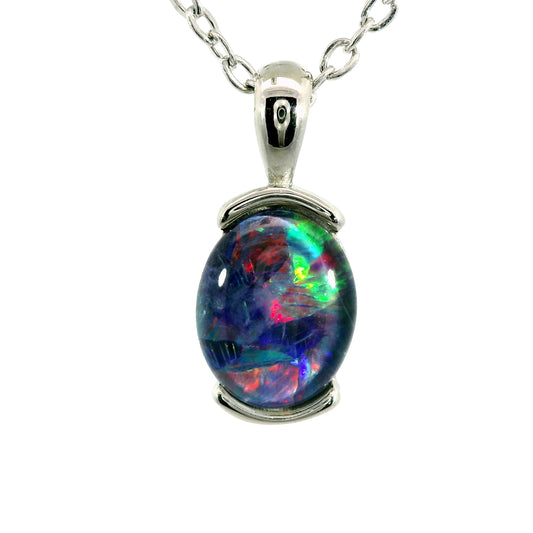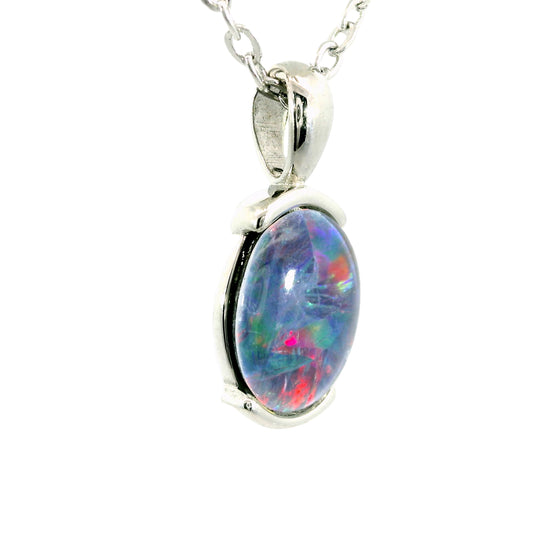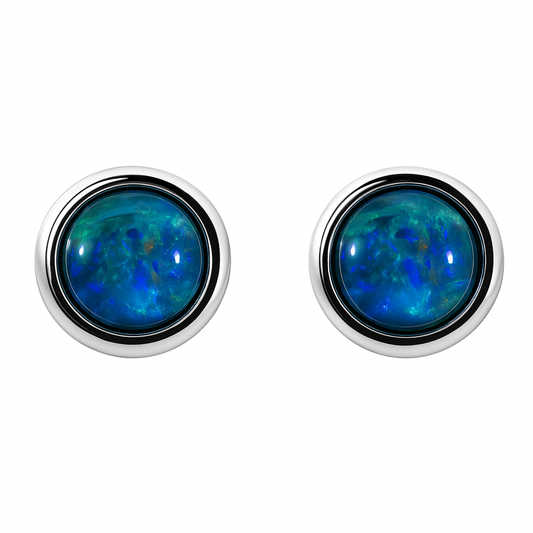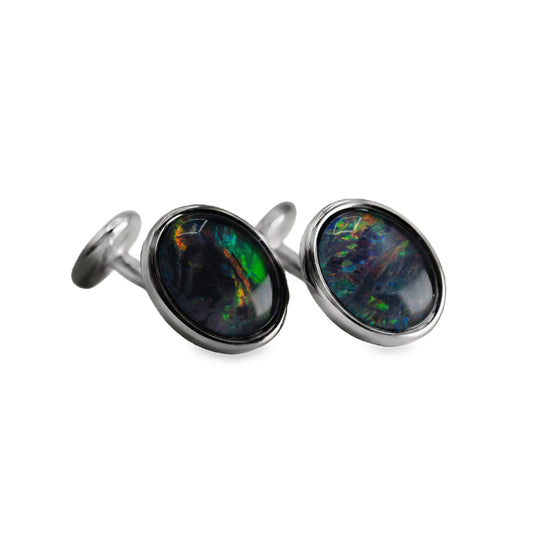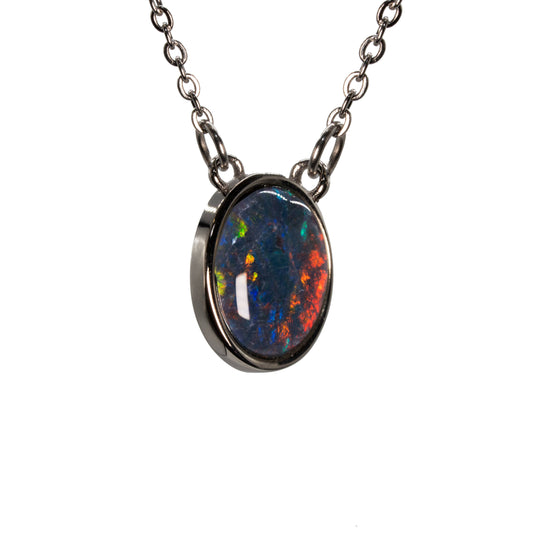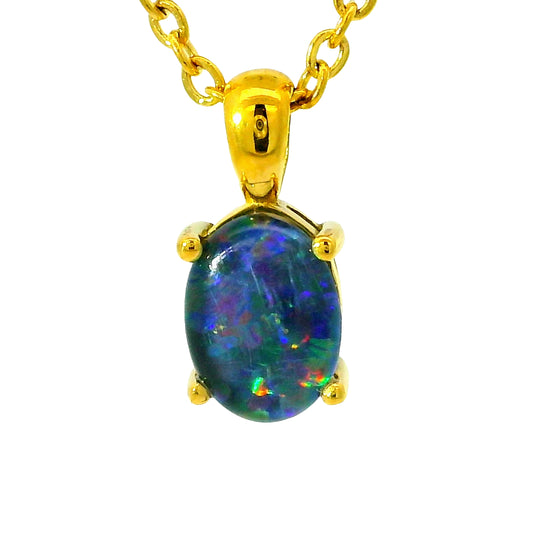The Truth Behind Gemstone Weights - Correctly Estimating Weight
Apart from colour and size, there is another way of determining a gemstone's value. The weight (or carat) is a basic factor that can be used to not only distinguish gemstone price, but to aid in cutting and setting the gemstone into jewellery (in order to assess the amount of material ‘wasted’ in the process).
Pricing gemstones is relatively simple, with a higher carat value equating to a higher value. Once placed into a jewellery setting, however, it can be hard to determine the gemstone’s original weight.
Removing and resetting the stone is not a viable option for most, as it can become a tedious and time-consuming solution. Because of this, there have been ways created to find a close approximation of the gemstones weight. Through careful measurements and observations, and the help of keen mathematical abilities, the problem of finding a gemstone's weight can be easily overcome.
Measurement & Formulas Of Gemstones
 Measuring the gemstone, and equating its shape and cut to a particular formula, will allow for an accurately appropriate estimation of the gemstones weight.
Measuring the gemstone, and equating its shape and cut to a particular formula, will allow for an accurately appropriate estimation of the gemstones weight.
Make sure you measure the gem carefully, and record your measurements, as well as noting the shape of your stone and its proportions. These are important steps! Did you know that wide corners of cut-corner squares and rectangles can decrease the gemstones overall weight by at least 5%?
|
Estimating Gem Weights Based on Cut & Shape |
||||
|
Normal |
Step Cut |
Cut Corners |
Cushion |
|
|
Rectangle |
Length ✕ width ✕ depth ✕ SG ✕ 0.0026 |
Length ✕ width ✕ depth ✕ SG ✕ 0.0025 |
Length ✕ width ✕ depth ✕ SG ✕ 0.0026 |
Diameter ✕ diameter ✕ depth ✕ SG ✕ 0.0022 (NOTE: diameter = average of length and width) |
|
Square |
Diameter ✕ diameter ✕ depth ✕ SG ✕ 0.0024 |
Diameter ✕ diameter ✕ depth ✕ SG ✕ 0.0023 |
Diameter ✕ diameter ✕ depth ✕ SG ✕ 0.0024 |
Diameter ✕ diameter ✕ depth ✕ SG ✕ 0.0018 |
Many websites online have gemstone carat weight estimators that allow for the input of data (size, length, width, depth) in addition to the stone and facet style, and will calculate the weight of the gem using the formulas listed above.
A Brief History of Carats
‘Price per carat’ is the universal factor used by jewellers and gemstone retailers alike to determine and identify what a gem must weigh. The pricing is then fixed as per the hand-rule known as ‘Tavernier's Law’, with the overall consensus v=being that one carat is equal to 200 milligrams (0.200 grams).

The word ‘carat’ (ct) has been used in correlation to a gemstone's weight since the mid-15th century. The word, derived from Ceratonia siliqua, being in reference to the Carb Tree. This is mainly because - before accurate scales were invented - traders of precious stones compared the weight of their products to the seeds from the Carob tree; each seed had a uniform weight that was similar weight to that of the gemstones they traded.
Modern jewellery goes by the idea that the weight on an individual gemstone is important. A ring with a single gemstone that equates to a weight of 1 carat will be worth more than a ring with many smaller gemstones, but a cumulative weight to the first ring. This is because large gemstones are perceived as ‘rarer’ than their smaller counterparts, and therefore will weigh more, ultimately being reflected in the cost!












































































































